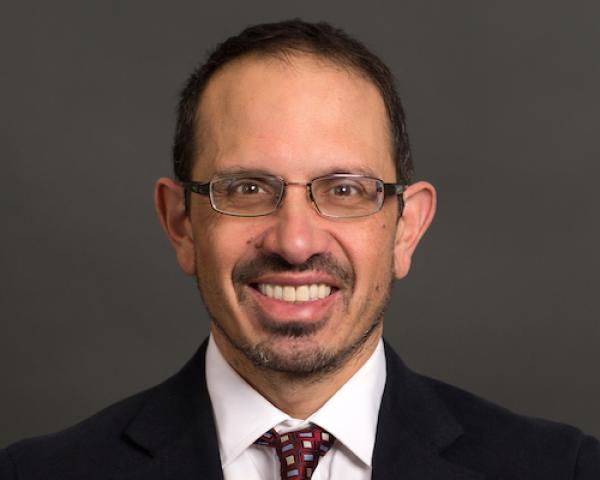As the timing of interest rate drops and a “soft landing” for the economy continue to be debated, new capital stack solutions, which offer organizations multiple ways to meet financial requirements, are needed. Enter surety.
Surety bonds guarantee compliance, payment or performance of a specified act, providing tremendous appeal as a letter of credit alternative to meet finance assurance requirements. However, this is not the only advantage. Unlike letters of credit, these bonds are considered contingent liability versus debt and allow businesses to avoid using cash or return cash deposited with a third party.
While surety has traditionally been used in the construction industry, since the passage of the Inflation Reduction Act (IRA) it has seen rapid growth. According to a new AM Best report, in 2022, the surety market grew 16%, generating $8.6 billion in premiums, which resulted in $2.3 billion in underwriting profit. The first three quarters of 2023 continued the trend, with premium revenue increasing by 11% as insurance companies expanded into this business line.
With more capacity available, the real estate, renewable energy and healthcare sectors are areas where increased surety usage is anticipated in 2024.
Making Real Estate Projects a Reality
Following years of favorable conditions, arguably no industry has been more affected by high interest rates than real estate. Fortunately, surety has several applications to help mitigate these impacts.
One area for surety’s use is lease bonds, which ensure payment under a rental agreement. This is especially important as the office sector and retail markets continue to show vulnerability. Other non-traditional uses include municipalities requiring investor guarantees for the completion of rehabilitation projects and commercial real estate owners using the financial tool as a performance and payment assurance in their efforts to have buildings meet carbon emissions standards.
While new construction still leverages surety in the most traditional sense, it’s the expansion of new sectors that is propelling growth here, too. For example, with the private development of data centers, surety’s use is spiking.
See also: Insurance Is Not a Commodity
Powering the Energy Sector and Solving the Connection Queue
With the development of new renewable energy projects fueled by the IRA and corresponding increased financial deposit requirements, the energy surety market has grown significantly.
A pain point in IRA project development and the main area where surety has been used is to solve issues tied to the backlog of connection cubes. To understand this connection issue, consider a new wind farm project being launched with funding from the IRA. That project will undergo the complicated process of being connected to the energy grid. New connections must be built to handle the additional needed capacity, and the magnitude of this connection issue is huge. The delays in connecting these new projects, coupled with rising costs, have prevented IRA projects from doubling the U.S.’s electricity capacity.
In response to this issue, utility companies are increasing financial deposit requirements for new energy projects and moving to first-ready, first-serve models. Third-party companies can use surety to ensure these obligations are met.
Another federally funded program that has sparked new projects for the surety market to capitalize on is the Broadband Equity Access & Deployment Program (BEAD). BEAD provides $42.45 billion in funding to expand high-speed internet access across rural communities in the U,S. In the latter half of 2023, the BEAD program amended its letters of credit requirements, allowing surety bonds to be used.
The positives of using surety, in this case, are clear – these bonds boast lower credit fees and offer added flexibility. However, in 2024, each state must decide if it will accept surety, so the extent to which the market will grow is still to be determined.
Meeting the Financial Demands of the Healthcare Industry
Another area of growth for surety use is healthcare. Early this year, the financial guarantees needed to participate in federal programs (Medicare and Medicaid) increased from 3% to 4%. This opened the door for healthcare providers and health systems to use surety bonds to negotiate better terms within their contracts. For context, the bond rates are fixed at around 1% to 2%, while the average letter of credit rates are variable, with an average of about 4% annually.
As the cost of healthcare increases alongside participation in Medicare Advantage or state-run Medicaid programs, health plans are moving toward value-based care models, which require participants to post financial guarantees, including surety, to meet contractual requirements.
See also: Blockchain's Future in Surety Industry
What Brokers Should Consider
Brokers need to be able to navigate the upswing coming into the market. Working with customers, brokers must stay abreast of material changes to underwriting guidelines, new entrance requirements and the acceptance of surety from new industries or counterparties that have not historically accepted it. As the market continues to expand, brokers have an opportunity to guide their customers into a new era backed by surety.






